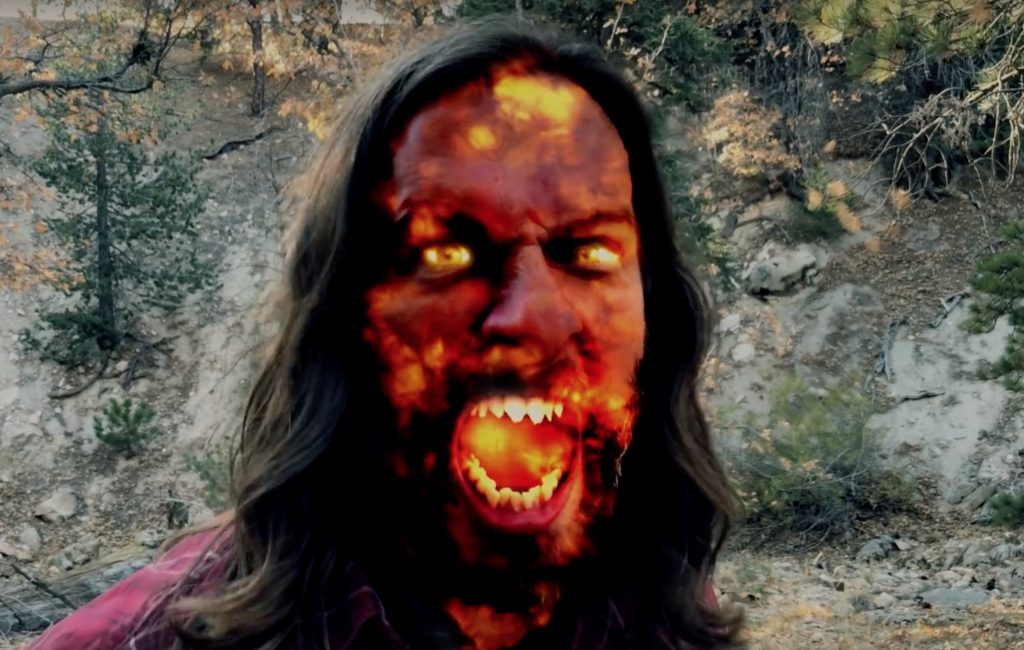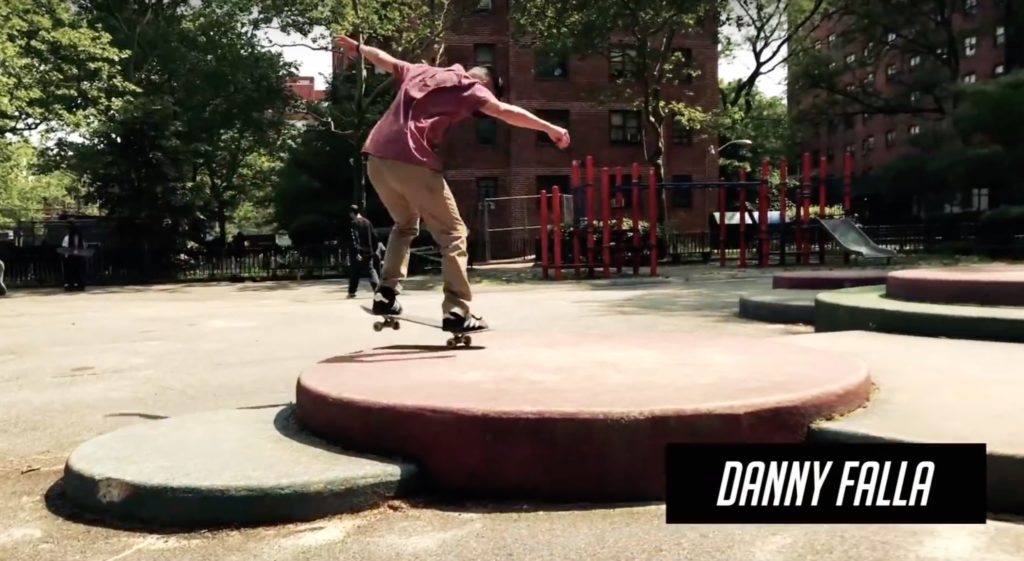After establishing himself as a highly successful commercial photographer, Marcelo Coelho decided to use his skills in a completely different way. He seeks to explore the often hidden connections in our lives. As the subtitle of his “Burning Man” mini-doc explains, he is determined to go “beyond the obvious.” In the interview below, Coelho discusses how he goes about achieving this new calling.
Interview with Marcelo Coelho about his Burning Man Documentary
MMM: Where are you based?
Coelho: The place where I call “home” is currently Brazil, but I also keep my photography business in Los Angeles, where I still have clients from the 18 years I spent here.
MMM: Could you briefly say something about your work and how you became a moviemaker?
Coelho: In 1994 I started my own photo studio in Venice Beach, CA, working for local branding firms and ad agencies. After a couple years I partnered with well-established LA photo-rep Rhoni Epstein and started working on a national level producing large ad campaigns. But my passion has always been to tell stories visually and to work intuitively to reveal the authentic and unusual connections between our lives. In the last three decades, I have visited 25 countries photographing real moments of interaction between places, brands and people. Making videos was a huge passion since I started in photography, but on a commercial level I only worked on a few projects including a music video for Cher! Last year I finally decided to commit to producing videos and after an opportunity to come experience Burning Man, I took that as my first project.
MMM: Have you been influenced by any photographers or videomakers?
Coelho: There have been many. Those whose work has inspired me include Matty Brown, Brandon Li, FKY Jonathan Chapman, Nadav Kander, Doug Menuez, Erik Almas, and Michael Prince.
MMM: What led you to making “Burning Man”?
Coelho: In the Burning Man project, the amazing visuals and the electronic music (which I absolutely LOVE) were enough to drive my inspiration, but I also developed a brief concept as an overall guide, in case I got lost. It was: A visual exploration of how culture, spirituality and belief are intertwined. How do we go from spectators of our own destiny to authors of our life? We are constantly programing ourselves and being programed. How do we choose and manifest beliefs that sets us free from the ones that sets us slaves of institutions and ourselves?
MMM: How did you prepare for the shoot?
Coelho: What drives my work is a concept or a subject, which I can feel a strong emotional connection to it. In both cases I dive into the theme with an open heart. That’s when I do my best work. I don’t like going in with a “shot list” or a detailed script.
MMM: Why did you choose to shoot the movie on an iPhone rather than a conventional camera?
Coelho: I had my professional equipment, but I decided to use the iPhone because I was interested in an immersive experience, where I could blend into the crowd, move around easily (it’s a huge place), enjoy every moment and not be seen as a “professional” videomaker. Also, Burning Man is spread in a huge desert area and to explore it in depth you need to move through huge distances and deal with dust, wind, dry air, heat during the day, cold at night, body lights to move at night, bring food, water, etc. My initial plan was to use my Canon 5D-III and many lenses. But it was very heavy to carry that around with a jacket, masks, water, food, lights, etc. So I decided to go with my iPhone.
MMM: Any disadvantages?
Coelho: The relative lack of control over some aspects of the composition such as focus, exposure, and zooming.
MMM: What gear did you use?
Coelho: I used a DJI OSMO mobile gimbal. It’s light-weight, easy to use and resistant. The dust at Burning Man can be extreme some times! I rarely use lights or tripods on my shoots. The intention is to capture as much spontaneity as possible, not only in terms of expressions, but on the scene itself. I’m not interested in technical perfection at all. I’m interested in a real emotional connection with the theme, that way I can transmit as much as possible an emotional message.
MMM: Did you encounter any unexpected challenges when shooting the movie?
Coelho: In the beginning I felt extremely insecure about shooting at Burning Man, because I knew that most people there are not open to be filmed or photographed. And if you ask for permission, the entire situation is different, most of the times with less spontaneity. But after an intense yoga class and an amazing meditation on the second day I felt more open to meet people and started approaching them with an open heart and in a subtle way, sometimes only through gestures. By keeping a natural and non-invasive attitude with the camera, most people I approached were open to be filmed and very spontaneous.
MMM: Could you discuss how you worked with the editor Jan Roza?
Coelho: From five hours of footage, I initially selected all the best scenes—running about forty-five minutes—and sent Jan these clips. I told him an overall concept of how I imagined this video and selected some soundtracks. From there I allowed him to use his own sensibility and he did an amazing job. To me the artistic side of editing is more important than the technical and Jan proved to be very talented.
# # #
You can keep up with Marcelo Coelho’s work on Vimeo, on his website, on Instagram, and on Facebook.
The editors of MobileMovieMaking.com chose “Burning Man” as a Mobile Movie of the Week.



 Previous post
Previous post
 Next post
Next post





